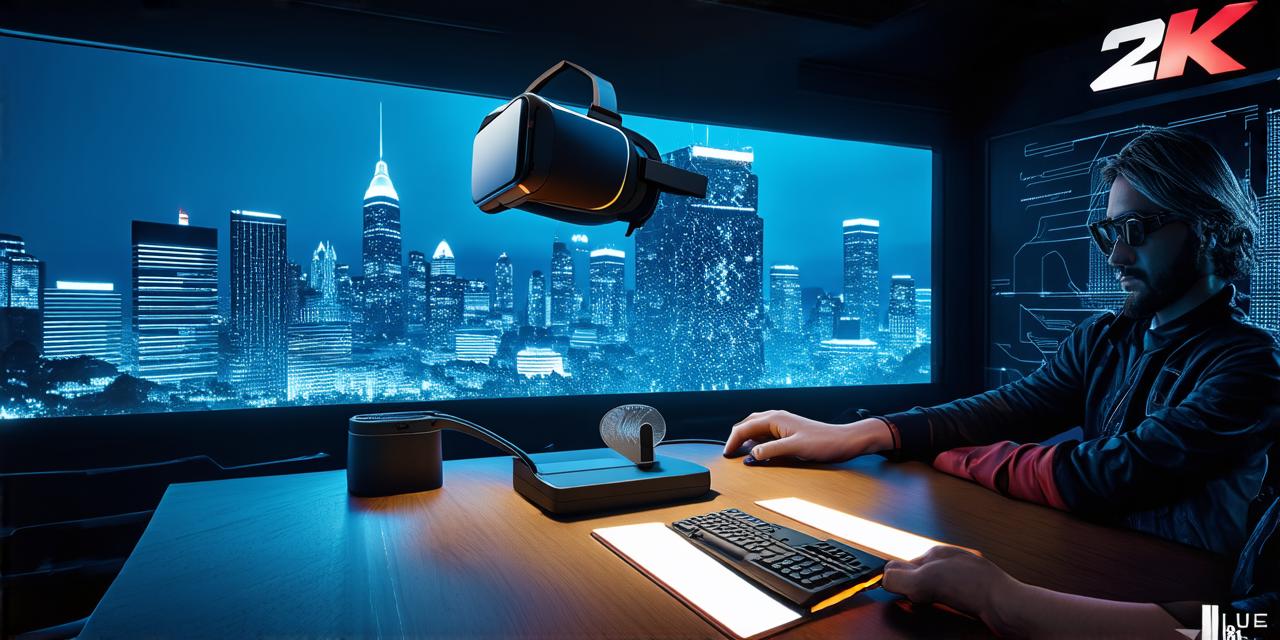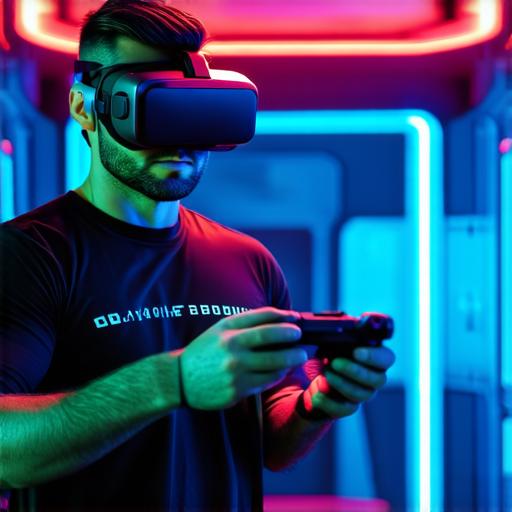
How to use a virtual reality headset
Choosing the Right VR Headset
There are many different types of virtual reality headsets on the market, each with its own unique features and capabilities. Some of the most popular options include:
- Oculus Rift
- HTC Vive
- PlayStation VR
- Samsung Gear VR
When choosing a VR headset, it’s important to consider factors such as price, resolution, field of view, and compatibility with your computer or gaming console. You should also think about the type of content you plan on creating and whether the headset’s tracking system is advanced enough to handle your needs.
Setting Up Your VR Headset
Once you’ve chosen a VR headset, it’s time to set it up. This process will vary depending on which model you have, but here are some general steps to get you started:
- Connect the headset to your computer or gaming console using the appropriate cables.
- Download and install the necessary software for your VR headset. This might include drivers, firmware updates, and content libraries.
- Adjust the headset’s settings to fit your needs. This may involve adjusting the resolution, field of view, or tracking system.
- Calibrate the sensors on the headset to ensure accurate tracking.

Creating Content with a VR Headset
Once you’ve set up your VR headset, it’s time to start creating content. Here are some tips and tricks to help you get started:
- Plan out your content before you start designing. This will help you ensure that your final product is cohesive and engaging.
- Use a 3D modeling software to create your environment and characters. There are many free and paid options available, including Blender, Maya, and SketchUp.
- Experiment with different lighting and textures to create a realistic and immersive experience.
- Use sound effects and music to enhance the atmosphere of your VR environment.
- Test your content frequently to ensure that it’s working as intended. This may involve adjusting settings or making changes to your design based on user feedback.
Troubleshooting Common Issues
As with any technology, there are bound to be some issues when using a VR headset. Here are some common problems you might encounter and how to troubleshoot them:
- Tracking issues: If the headset’s tracking system isn’t working properly, it can cause distorted or disorienting visuals. To fix this, make sure that all sensors are clean and calibrated correctly. You may also need to adjust your environment to improve visibility.
- Comfort issues: Some people may experience motion sickness or headaches when using a VR headset. To mitigate these symptoms, try reducing the refresh rate or field of view, or take frequent breaks to rest your eyes.
- Software issues: If you’re experiencing problems with the software that comes with your VR headset, try downloading the latest updates or contacting customer support for assistance.
Conclusion
Using a virtual reality headset can be an exciting and rewarding experience, but it can also be intimidating for beginners.


